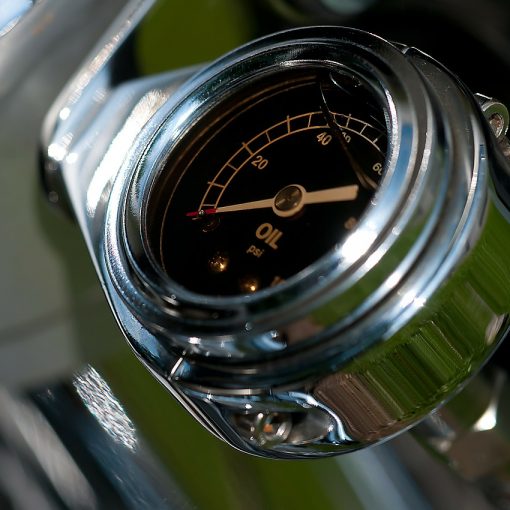You can't always ride your bike where it needs to go. Whether you're moving from one home to another, the bike won't start, or your bike isn't street legal, in any of these situations you're going to need to know how to load a motorcycle into a truck.
This article is going to cover the best way to load a motorcycle into a truck without risking damage to you, your motorcycle, or the truck itself.
Let's get started!
What You Need
Before you jump right into the loading phase, make sure you have a few essentials first.
- A proper motorcycle ramp - Don't use wood, plastic, or anything other than something that's designed to hold the weight of the motorcycle. If you have to, wait until you have a the best motorcycle loading ramps at your disposal.
- Ratchet straps - These straps are best for compressing the suspension of the motorcycle to minimize movement
- A friend - While it's possible to load a motorcycle solo, it's best done with two people.
- (Optional) A hill - If you live around a hill or have a steep driveway, you can use gravity to your advantage!
Preparation
Now that you know what you need, it's time to lay the groundwork for a successful load. Here's what you need to get done before actually loading the bike.
- Secure the pickup truck - Make sure the truck is off, in gear, and with the emergency brake on, and use a wheel chock on each tire if you have them. You want the truck to be as sturdy as possible during the load.
- Remove the tailgate (if your bed is long enough and your bike fits without it) - Not all tailgates can handle the weight of a motorcycle, so if you can, it's a good idea to remove it. If your bike won't fit without the tailgate, skip this step.
- Line up the ramp & use tie downs - You want to position the ramp so it's aligned with the center of the truckbed. This gives you the best starting point for getting the whole bike in and getting it tied down securely.
- Secure the ramp to the pickup truck - Using ratchet straps or tie downs, secure the ramp to the truck, ideally from the bottom of the ramp to the underside of the truck. This compresses everything, making the likelihood of unexpected movements minimal.
The Loading Process
The actual loading process is where things can go wrong. We highly highly recommend getting a second person to help. This gives you more points of contact, twice the muscle, and twice the brainpower.
- Make sure everyone knows their job - On this two-man team, one person will be in charge of braking and steering, while the other is in charge of propulsion. The person in charge of braking and steering will start with their hands on the handlebars, while the other takes up the rear. Only start when everyone confirms they're ready.
- Get the bike up to the tailgate - Once you've successfully gotten the bike up to the tailgate, the person in charge of steering will press the brakes and take the weight of the bike.
- Switch positions - Once you've confirmed the bike is secure for the time being, the other person should jump into the tailgate, grab the handlebars, and secure the stability of the bike. Then, the person who was originally in charge of steering and braking will move to the rear of the bike and push it the rest of the way up.
Related Content: Best Motorcycle Lifts
Securing The Bike
Now that you've got the scary part out of the way, it's time to lock the bike down.
- Have someone sit on the bike during the whole process, so the bike is held in place, and the suspension is compressed. The more compressed the suspension is, the less the bike will bounce around.
- Find the best area on your bike to secure the straps or tie downs - This varies depending on the particular motorcycle, but generally speaking, on the frame, or the forks is the best place.
- Strap down the front...tight - The front of the bike is where you're going to have the primary anchor point, so make sure your ratchet straps are as tight as they'll go.
- Check alignment and stability - Once you have the front strapped down, make sure the bike is level and stands on its own without an issue. Try to rock or wiggle the motorcycle to make sure it's secure.
- Strap down the rear - The rear of the motorcycle has less stable anchor points, so don't worry so much about getting the rachet straps tight. In fact, if you try to secure it to something like a footpeg and you pull too tight, you can damage your bike. The rear straps are a secondary safety measure to give you time to pull over in case something on the front fails. They shouldn't be a primary anchor point.
Test!
Before you jump out onto the highway, take a drive around the block to make sure nothing shifts, and you're 100% comfortable driving the with the motorcycle in the truck bed. If it all looks good, you're ready to go!




